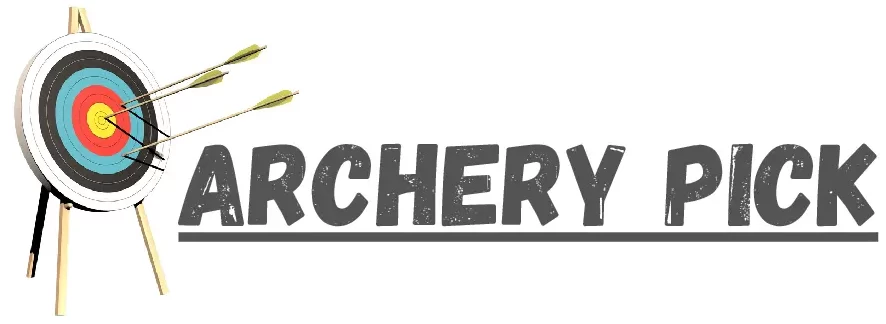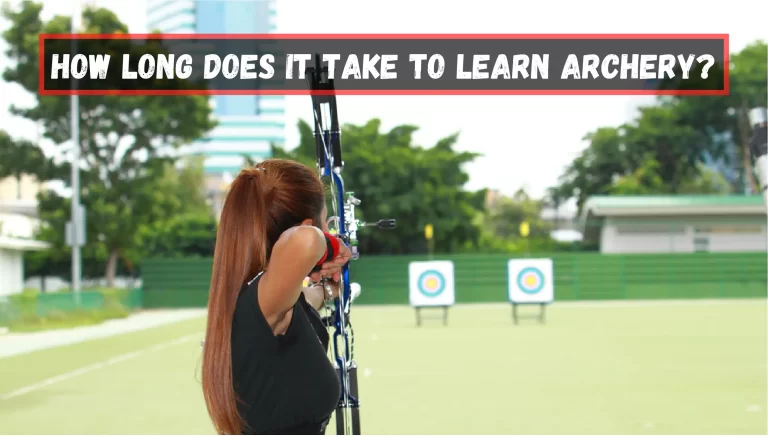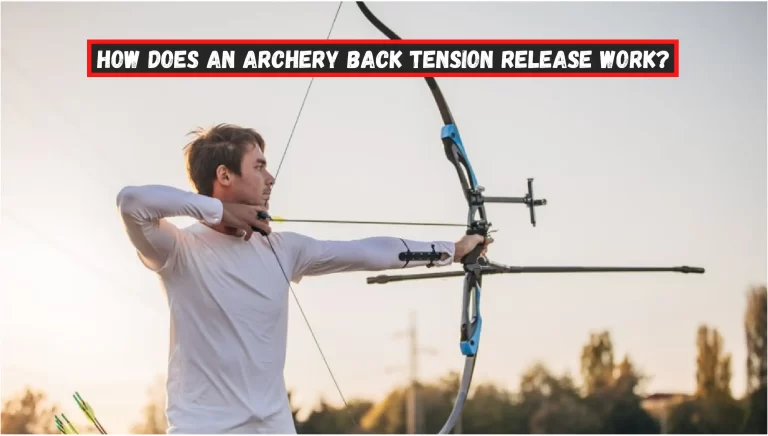What is A Quiver in Archery? – (Quick Answer With Conclusion)
"As an Amazon Associate, I earn from qualifying purchases. This post contains affiliate links"
If you are just stepping into the field of archery you should learn about different terms and Jargon used in archery. The first and probably one of the most important things in archery is a Quiver. Ever heard about it? if you don’t know what is a Quiver in archery then keep on reading!
A quiver is a container for arrows, traditionally worn on the back of an archer. It can be made from a variety of materials, such as leather, cloth, or metal. A quiver protects the arrows and keeps them organized so they can be easily accessed during shooting.
There are two main types of quivers: field quivers and target quivers. Field quivers are larger and hold more arrows, while target quivers are smaller and typically only hold three or four arrows. Each type of quiver has its own advantages and disadvantages, so it’s important to choose the right one for your needs.
No matter what type of quiver you choose, make sure it’s comfortable to wear and easy to access so you can focus on your shooting.
The Different Types of Quivers
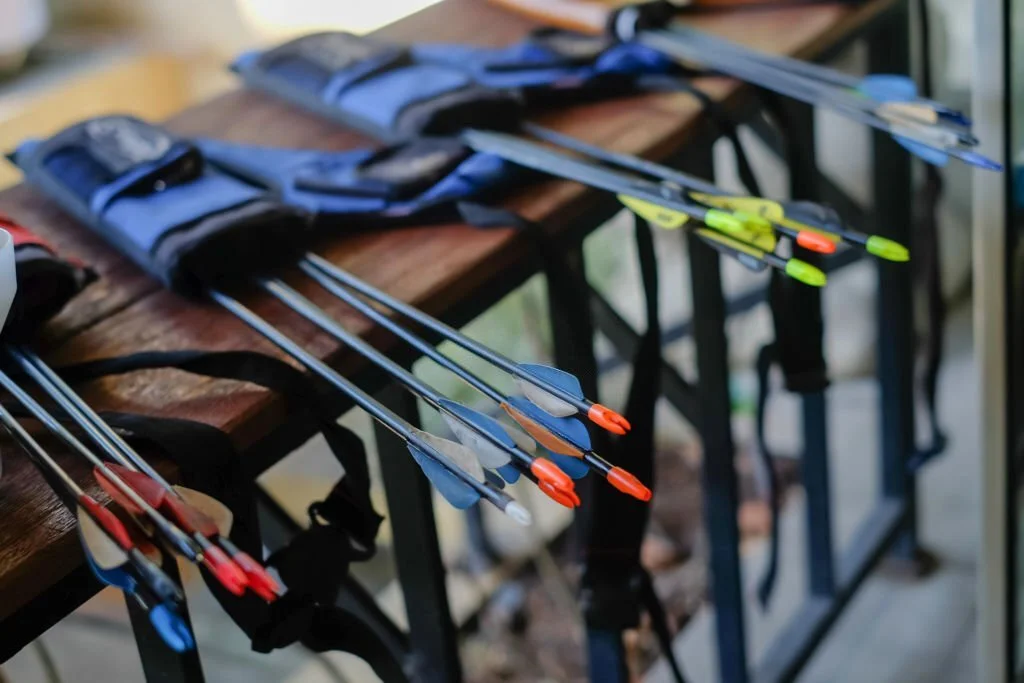
A quiver is a container worn on the body and used to hold arrows. There are many different types of quivers available on the market, each with its own unique benefits and drawbacks. Below, we will explore some of the most popular types of quivers to help you choose the best one for your needs.
Belt Quiver: A belt quiver is a simple pouch that attaches to your belt, making it easy to access your arrows while you’re on the move. Belt quivers are typically made from leather or fabric, and can hold between 12-24 arrows.
Back Quiver: A back quiver attaches to your back like a backpack, keeping your arrows within easy reach while allowing you to move freely. Back quivers are usually made from leather or canvas and can hold between 24-36 arrows.
Bow Quiver: A bow quiver is a pouch that attaches directly to the string of your bow, keeping your arrows close at hand. Bow quivers are usually made from leather or nylon and can hold between 4-12 arrows.
Arrow Case: An arrow case is a portable, protective case that allows you to transport and store your arrows. Arrow cases come in various sizes and can hold between 4-12 arrows.
Quiver Stand: A quiver stand is a structure that attaches to your bow and holds your quiver in place. Quiver stands are typically used for target archery or bow hunting.
How to Choose the Right Quiver?
When it comes to choosing the right quiver for your bow and arrows, there are a few things you need to take into consideration.
Keeping these things in mind will make your selection process easy and help you find the perfect quiver for your archery adventures that will stay with you for long enough.
Choose Your Quiver Type Carefully!
The first is what type of quiver you want. Although we have discussed different types of quivers used in archery, therefore, you shouldn’t have any confusion by now when it comes to picking the perfect match for your archery style.
Note:- What is The Best Age To Start Archery? – According to My Experience
However, when it comes to equipping or let’s say mounting the quiver you will need to be very careful.
There are three different categories of quivers when it comes to their mounting styles: a hip quiver, back quiver, or ground quiver. Each has its own advantages and disadvantages, so you’ll need to decide which is best for you based on your needs.
How Big the Quiver Should Be?
Next, you need to consider the size of the quiver. It should be large enough to hold all of your arrows, but not so large that it’s cumbersome to carry around.
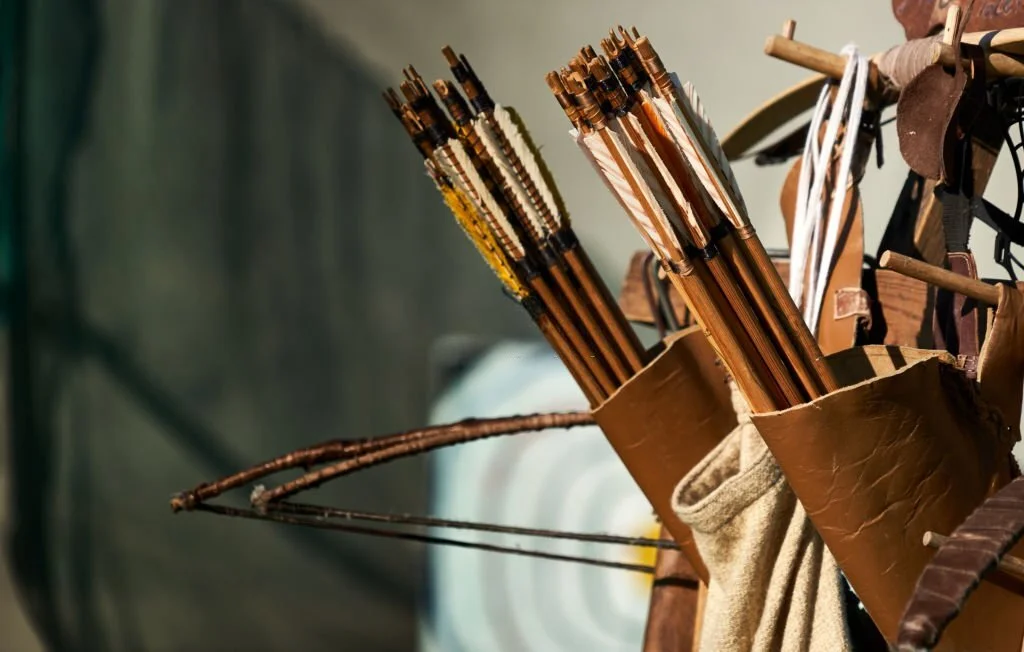
The size of a quiver depends on the number of arrows it needs to hold and the type of bow the archer uses. For example, a longbow quiver typically holds between 24 and 36 arrows, while a recurve bow quiver only holds 12 to 18 arrows.
There are several factors to consider when determining how big the quiver should be. The first is the number of arrows that will be shot in a typical practice session or competition.
A beginner may only need a dozen arrows, while an experienced archer may need two or three times that amount. The second factor is the size and weight of the arrows.
The Location of Your Quiver
The final consideration is the location of the quiver.
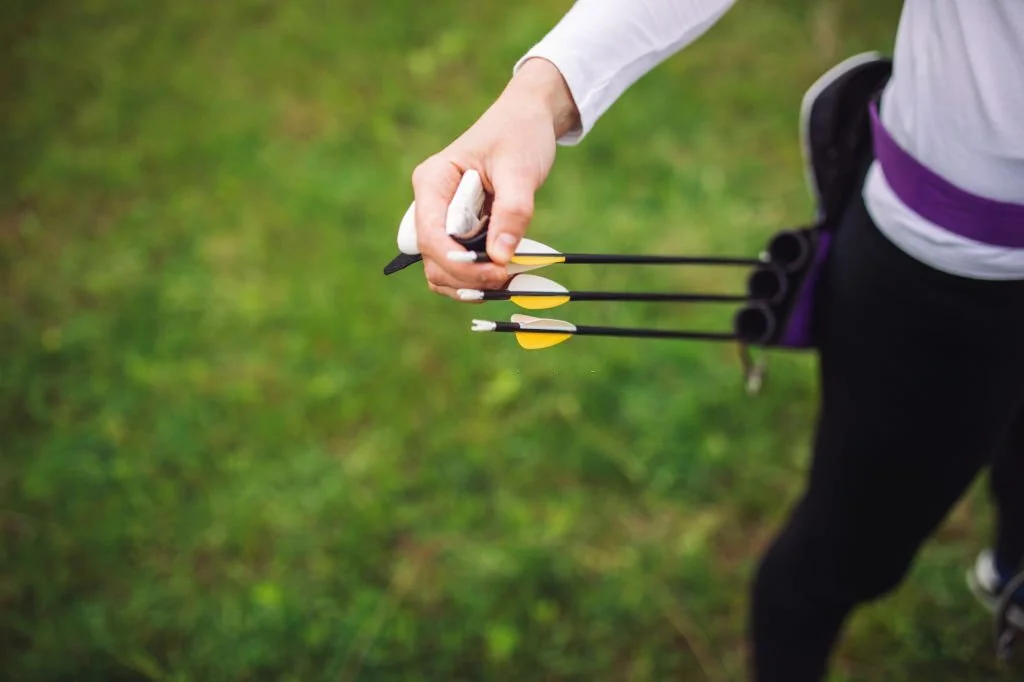
A hip quiver will likely be attached to your belt, and you’ll need to make sure that it doesn’t interfere with your draw or any other aspect of shooting. Similarly, a back quiver should be just above your shoulder blades and will likely be attached to your bow.
Lastly, a side quiver can be mounted on the side of a backpack, or you can use a strap that attaches to your arm so you don’t have to hold it.
You may also want to look for other features, such as a quiver that’s easy to take off and put on, or one that allows you to choose the placement of your arrows.
The Benefits of Using a Quiver
Quivers offer several benefits to archers, including easy access to arrows, protection of arrows from the elements, and added stability while shooting.
Easy access to arrows is one of the main advantages of using a quiver. When an arrow is needed, it can be quickly pulled from the quiver without having to take off any clothing or equipment. This is especially helpful in competition or hunting situations where every second counts.
Another benefit of using a quiver is that it protects arrows from the elements. This is important because moisture can damage wood shafts and affect the accuracy of the arrow.
When an arrow is placed in a quiver, it has protection from water, dirt, and other elements. In addition to protecting arrows from the elements, using a quiver provides stability while shooting. A quiver can be attached directly to the bow or attached to the ground next to it.
The Drawbacks of Using a Quiver in Archery?
While it is such a beneficial thing to be used in archery, there are some drawbacks to using a quiver.
One drawback is that they can be bulky and heavy, making them difficult to carry around. This can be especially troublesome if you have to walk long distances to your hunting or shooting spot. Additionally, the weight of the quiver can throw off your balance and affect your shooting accuracy.
Another downside to quivers is that they can get in the way when you’re trying to nock an arrow. The arrows can also get tangled up in the quiver, which can be frustrating and time-consuming. If you’re in a hurry or under pressure, this can be a real problem.
Overall, quivers are a necessary piece of archery equipment. However, they do have some drawbacks that can make them more trouble than they’re worth. We recommend that beginners use a quiver, but experienced users may want to go back to the old-fashioned method of carrying their arrows in their hands.
Conclusion
A quiver is an often overlooked but important piece of archery equipment. It is a container that holds arrows and keeps them organized and within easy reach. Quivers come in a variety of sizes, styles, and materials to suit the needs of different archers.
There are several things to consider when choosing a quiver, such as how many arrows it will hold, what type of arrows it will hold, and how it will be attached to the bow.
The size and style of the quiver should also be considered based on the type of bow being used. For example, recurve bows are typically paired with smaller hip quivers while compound bows are often paired with larger back quivers.
After reading this article you should have learned what is a Quiver in archery. With that said, here comes an end to our guide but we have some other interesting articles that you might want to check.
You Can Read More & Learn:-
- How Many Arrows In A Quiver?
- What is An Archery Target Called?
- What is A Robin Hood in Archery?
- What Is A Nock In Archery?
- What is IBO in Archery?
- What Is An Anchor Point In Archery?
- What is the Best Archery Bow for a Woman?
- What is the Recommended Way to Uncock a Crossbow?
Thank You So Much For Stopping By And Reading Our Guide.
Have A Wonderful Day!
